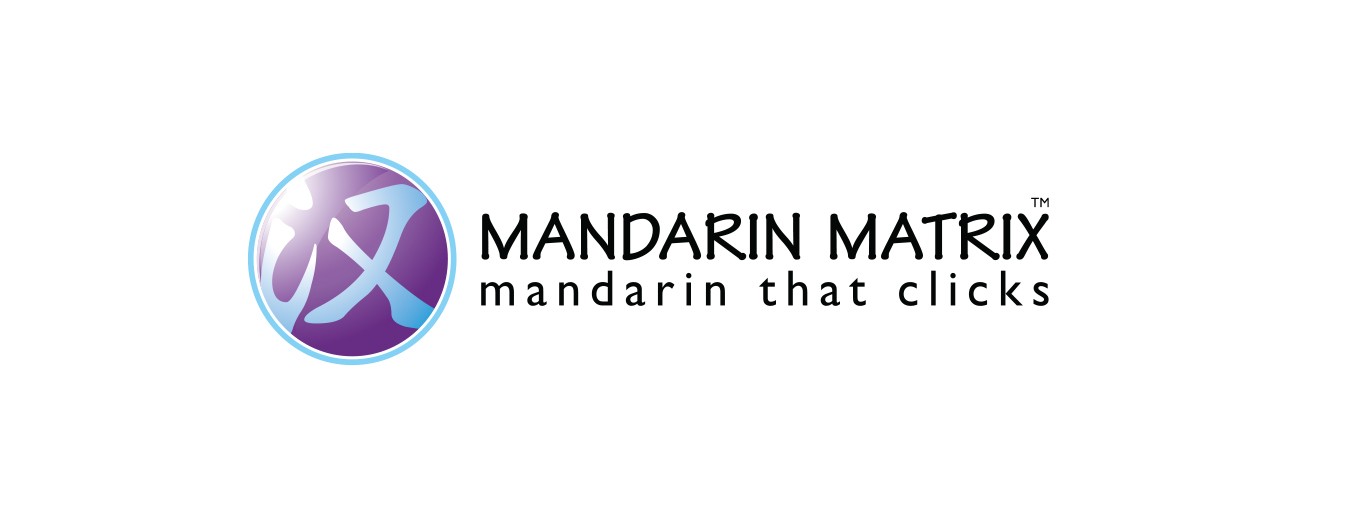ESSER FAQs – Mandarin Matrix
Highlights from the ESSER FAQs document (U.S. Department of Education, Office of Elementary & Secondary Education)
A-3. How may an LEA use ESSER funds?
An LEA may use ESSER funds for the broad range of activities listed in section 18003(d) of the CARES Act, section 313(d) of the CRRSA Act, and section 2001(e) of the ARP Act. Some of the ESSER funds (ESSER I, ESSER II, or ARP ESSER) may also be used to support school programs. We have consolidated below the three ESSER programs’ lists of allowable uses of funds. The activities that are listed in section 18003(d) of the CARES Act, section 313(d) of the CRRSA Act, and section 2001(e) of the ARP Act that an LEA may support with ESSER funds are:
13. Funds can also be used to purchase educational technology (including hardware, software, and connectivity) for students served by the LEA. This can help regular and substantive educational interaction between students and their classroom instructors, including low-income students and students with disabilities.
C-19. Can an LEA use ESSER and GEER funds to support distance learning, including the purchase of educational technology for student use?
Yes. An LEA may use ESSER and GEER funds for activities that support distance education and promote long-term improvements in technology infrastructure and operations. These activities might include providing online learning to all students, including those with disabilities, English learners, students experiencing homelessness, and students in foster care. This includes helping with training educators in the effective implementation of online learning.
Continuity of learning:
An LEA may use ESSER and GEER funds to purchase educational technology for students and educators including:
•Purchasing of mobile technology devices such as tablets and laptops.
•Providing off-campus WiFi access students and teachers through the purchase of devices/equipment, mobile hotspots, wireless service plans, or installation of Community Wi-Fi Hotspots, especially in underserved communities.
•Offering Teleconferencing applications or programs.
•Providing Software/online/virtual programs, screen capture/recording software, online/virtual cultural curriculum/programs, online/virtual tutoring curriculum/programs and learning management systems.
•Giving technology accessories, such as headphones, speakers, laptop cameras; and
•Assisting with technology devices – such as dedicated communication devices and applications for text-to-speech, graphic organizers or word prediction.
Supporting distance learning requires the effective use of technology by educators. Funding may also be used to provide professional development support for educators – who can provide meaningful learning opportunities for students. These funds can also support personnel such as speech therapists, guidance counselors, and social workers.




